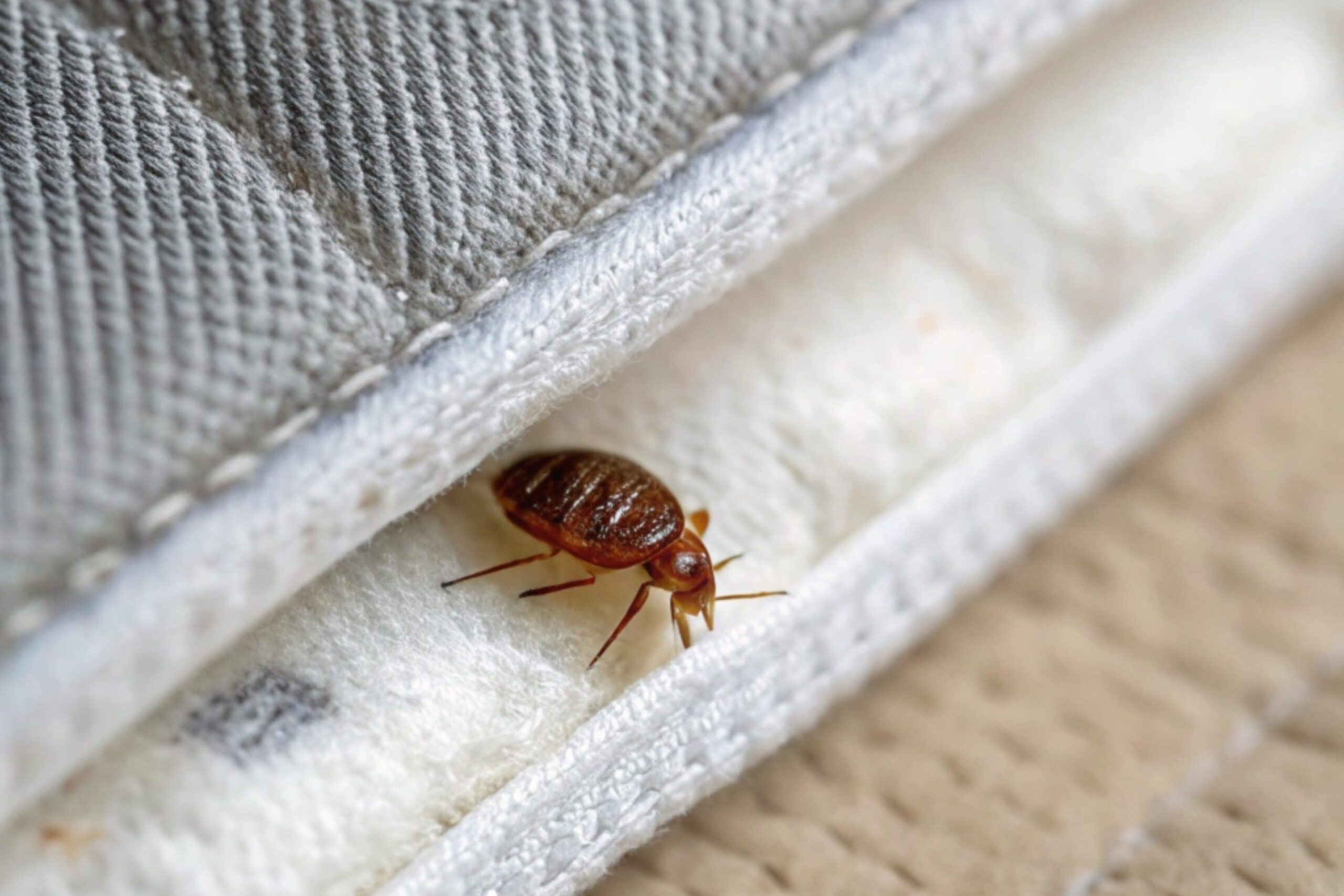- LIFE
How Do You Make Basil Pesto


Bed bugs, those elusive nocturnal pests, have been a source of discomfort and distress for many homeowners and renters. These tiny insects are notorious for their ability to hide in the smallest of crevices, making them difficult to detect until an infestation is well underway. Understanding how to identify the presence of bed bugs is crucial for effective management and eradication. This article delves into the signs of bed bugs, their common hiding spots, and the implications of their presence, providing you with the knowledge needed to tackle these unwelcome guests.

Detecting bed bugs early is essential to prevent a full-blown infestation. One of the most telling signs is the presence of small, rust-colored stains on your bedding or mattress. These stains are often the result of crushed bed bugs or their droppings. Additionally, you may notice tiny, white eggs or shed skins, which indicate that bed bugs are breeding in your home.
Another clear indicator of bed bugs is a distinct, musty odor. This smell is often described as sweet and sickly and becomes more pronounced as the infestation grows. Regularly inspecting your mattress seams, box springs, and nearby furniture can help you spot these signs early.
Bed bug bites are often mistaken for those of other insects, but they have distinct characteristics. These bites typically appear as small, red, itchy welts, often in a linear or clustered pattern. The bites are most commonly found on exposed areas of skin, such as the arms, neck, and face, where bed bugs can easily feed during the night.
The reaction to bed bug bites can vary from person to person. While some individuals may experience little to no reaction, others can suffer from severe itching and inflammation. It’s important to note that bed bug bites alone are not conclusive evidence of an infestation, as they can resemble other insect bites or skin conditions.
Understanding where bed bugs like to hide can greatly aid in their detection. These pests are adept at concealing themselves in a variety of locations, not just beds. They can be found in the seams of mattresses, inside box springs, and within the folds of curtains. Bed bugs also hide in furniture joints, electrical outlets, and behind wallpaper.
In multi-unit dwellings, bed bugs can easily spread from one apartment to another through shared walls and utilities. Regular inspections of these common hiding spots are vital for early detection and control.
Bed bugs have been a part of human history for centuries, with references dating back to ancient Egypt. They were a common pest in the early 20th century but saw a significant decline due to the widespread use of pesticides like DDT. However, bed bugs have made a resurgence in recent decades, partly due to increased international travel and resistance to certain insecticides.
The return of bed bugs has been a challenge for pest control professionals and homeowners alike, necessitating new strategies for detection and management.
Advancements in technology have led to more effective methods for detecting bed bugs. Professional pest control services often use specially trained dogs that can sniff out bed bugs with high accuracy. These canine inspections are particularly useful in large or cluttered spaces where visual inspections may be less effective.
Additionally, there are various monitoring devices available that attract and trap bed bugs, making it easier to confirm their presence. These tools are particularly useful in early detection efforts, allowing for prompt intervention before an infestation becomes severe.
While bed bugs are not known to transmit diseases, their bites can lead to significant discomfort and health issues. The itching and inflammation caused by bites can result in secondary infections from excessive scratching. In severe cases, individuals may experience allergic reactions that require medical attention.
Beyond physical symptoms, bed bug infestations can also have psychological effects. The stress and anxiety associated with dealing with these pests can lead to sleep disturbances and decreased quality of life. Addressing a bed bug problem promptly is crucial to minimizing these health impacts.

Preventing bed bugs from entering your home is the first line of defense against an infestation. When traveling, inspect hotel rooms for signs of bed bugs, such as small stains on sheets or mattresses, and keep luggage elevated off the floor. Upon returning home, wash and dry all clothing on high heat to kill any potential hitchhikers.
Regularly vacuuming your home, particularly in bedrooms and living areas, can help remove bed bugs and their eggs. Sealing cracks and crevices in walls and furniture will also reduce hiding spots for these pests. Finally, using protective covers on mattresses and box springs can prevent bed bugs from taking up residence in your bedding.
Discovering bed bugs in your home can be distressing, but prompt action is key to controlling the situation. Start by thoroughly cleaning and vacuuming the affected areas, paying close attention to seams and crevices where bed bugs hide. Launder all bedding and clothing in hot water and dry them on high heat.
For severe infestations, it may be necessary to contact a professional pest control service. These experts have access to more powerful treatments and can provide guidance on preventing future infestations. Remember, early detection and intervention are critical in managing bed bugs effectively.